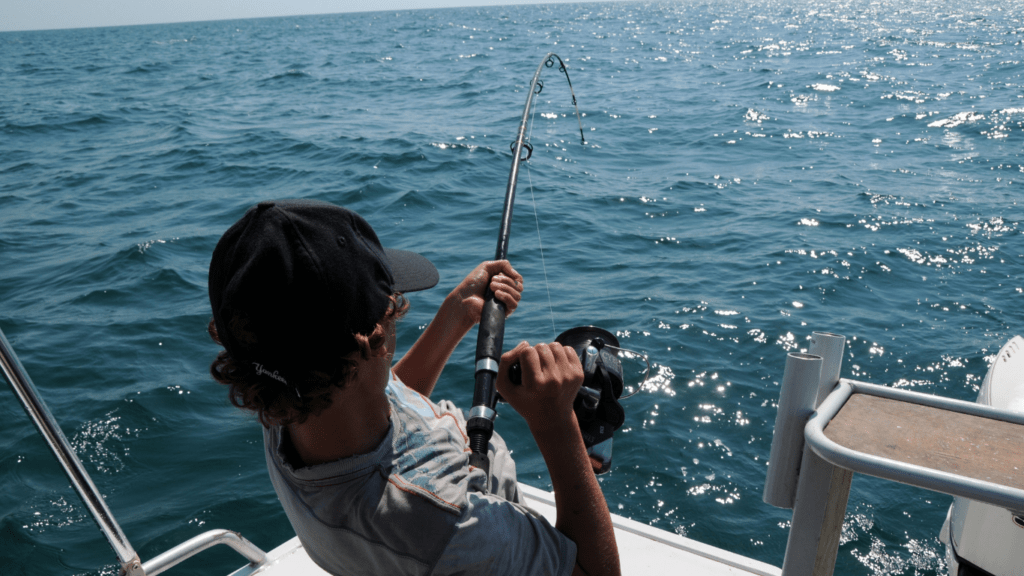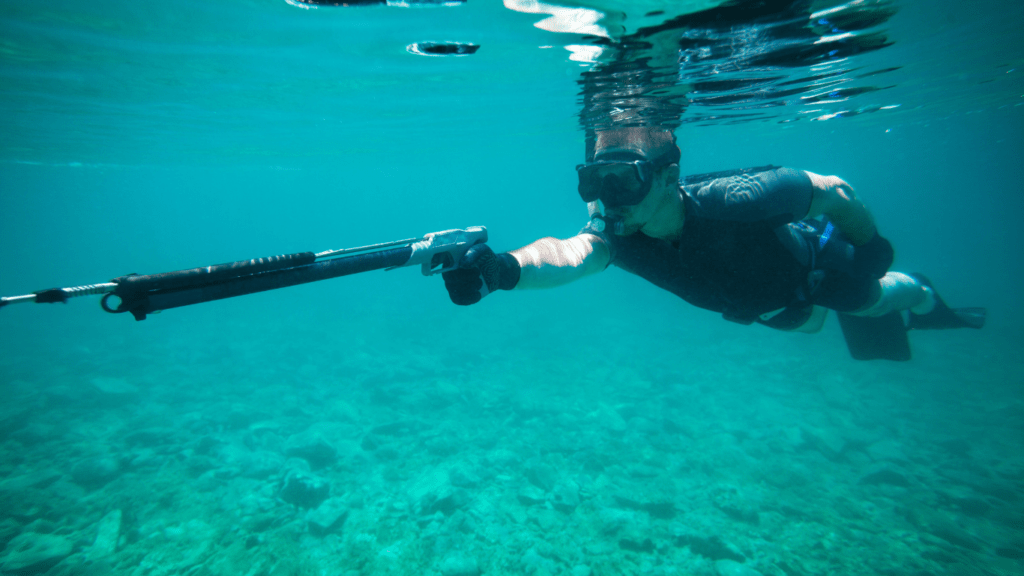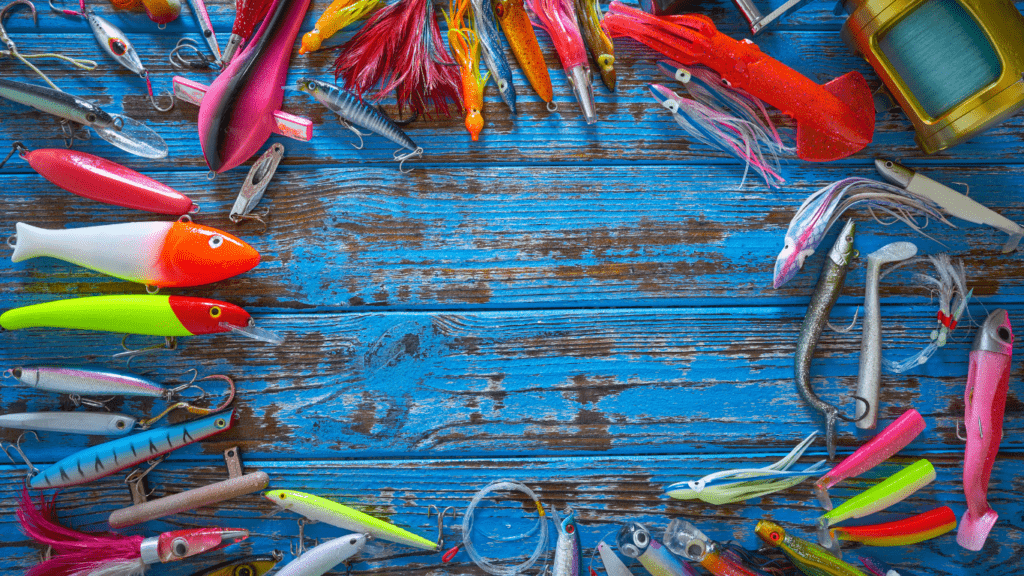Overview Of Recreational Fishing Today
Recreational fishing remains one of the world’s most popular leisure activities, engaging over 220 million participants annually. It’s a versatile pursuit that spans freshwater lakes, saltwater oceans, and everything in between. Enthusiasts range from hobbyists fishing for relaxation to avid anglers competing in sport fishing tournaments.
Technological advancements have enhanced accessibility. For example, mobile apps now provide real-time weather updates and fish behavior predictions, helping anglers plan trips more effectively. High-tech fishing gear, like sonar-enabled fish finders, improves success rates by identifying underwater activity with precision.
Environmental awareness is reshaping the practice. Anglers increasingly adopt sustainable practices, such as catch-and-release policies and biodegradable fishing lines, to minimize ecological impact. Many prioritize supporting conservation efforts that protect fish populations and aquatic habitats.
Tourism boosts the global fishing landscape. Destinations like Florida, Canada, and Australia attract millions annually due to abundant species and favorable fishing conditions, while guided fishing tours cater to diverse skill levels. Diverse ecosystems offer experiences tailored to all preferences, making fishing accessible worldwide.
Recreational fishing today integrates tradition with innovation, balancing enjoyment with responsibility. It’s a dynamic activity evolving alongside environmental priorities and technological trends.
Emerging Trends In Recreational Fishing
Recreational fishing is rapidly evolving, with advancements shaping how anglers engage with this beloved pastime. Emerging trends focus on sustainability, technology, and access, appealing to a diverse audience.
Sustainable Practices And Eco-Friendly Gear
- Sustainability plays a significant role in modern recreational fishing.
- Anglers increasingly use biodegradable fishing lines, lead-free sinkers, and ethically sourced bait.
- Many adopt catch-and-release techniques to preserve fish populations and support ecosystem balance.
- Companies like Costa Sunglasses fund clean water initiatives, illustrating how brands align with conservation efforts.
- Eco-friendly gear reduces environmental impact and aligns with the values of today’s anglers.
Technological Advancements In Fishing Equipment
Fishing equipment has seen remarkable innovation. Smart rods now integrate sensors to track bait movement, while advanced sonar systems like Garmin LiveScope deliver real-time underwater imaging. Mobile apps provide route mapping, weather updates, and fish identification, enhancing the fishing experience. Gear automation and precision technology improve success rates, even for novice anglers. These advancements make recreational fishing more efficient and accessible.
Popularity Of Urban And Community Fishing
Urban and community fishing are gaining traction, driven by limited time and resources for remote trips. Cities incorporate fishing programs in local parks and urban waterways to encourage participation. Events like New York’s Big City Fishing introduce younger generations to the sport. Urban spaces transform into hubs of recreational fishing, offering accessibility for anglers in densely populated areas. This trend creates opportunities for connection and engagement in urban communities.
Predictions For The Future Of Recreational Fishing

Recreational fishing is on the brink of transformation, driven by:
- innovations in technology
- environmental considerations
- evolving consumer behaviors
These shifts are setting the stage for a more connected and sustainable fishing experience.
The Role Of Artificial Intelligence And Data Analytics
AI and data analytics are revolutionizing decision-making for anglers. AI-powered tools are enabling real-time insights into fish habitats, behavior patterns, and optimal fishing times by leveraging environmental data like water temperature, currents, and weather forecasts. For example, apps integrating predictive analytics can now inform users where fish are likely to gather based on years of historical lake or ocean data. This efficiency minimizes downtime while preserving fish populations by reducing unnecessary targeting of species outside of regulations.
AI-driven technology in smart gear, such as automated sonar fish finders, is becoming increasingly accessible. These innovations allow both beginners and experienced fishers to achieve precision previously unattainable. Combined with data platforms, they also contribute to global research efforts, sharing anonymized metrics about local ecosystems and supporting conservation studies.
Growth Of Virtual Reality And Digital Fishing Experiences
Virtual reality is expanding recreational fishing to new audiences. VR devices now simulate lifelike fishing experiences, complete with tactile feedback and hyper-realistic environments. These simulations make fishing accessible to anyone, regardless of their physical location or proximity to natural waters. VR competitions are also emerging, allowing participants to engage in worldwide tournaments from their homes.
Digital experiences are gaining traction through gamified fishing apps, providing interactive education on species identification, skill improvement, and sustainable fishing practices. For instance, platforms incorporate leaderboards, challenges, and rewards, ensuring a dynamic yet informative engagement with the sport. As younger generations become increasingly tech-forward, such innovations may foster a lifelong interest in fishing culture.
Increasing Focus On Conservation And Regulation
Conservation efforts are becoming integral to recreational fishing’s evolution. Regulatory bodies are adopting data-driven approaches to adjust quotas, designate protected areas, and enforce more transparent fishing practices. For instance, restrictions on single-use plastics in angling gear and the promotion of biodegradable alternatives demonstrate the industry’s shift towards eco-consciousness.
Participation in citizen science programs is also growing, as anglers contribute to ecological monitoring by submitting catch data, tagging fish, or reporting invasive species sightings. Integrated tools, like app-based record systems, simplify this process and enable fast data sharing with marine and freshwater organizations.
Additionally, public pressure and corporate accountability are driving stricter regulations against overfishing in vulnerable ecosystems. Brands are embedding sustainability into product development and campaigns, reinforcing environmental stewardship in their messaging. This dual push from consumers and institutions shows promise in safeguarding fisheries for future generations.





